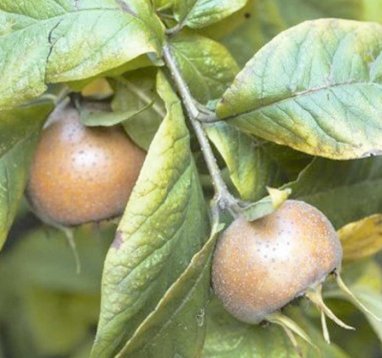
The botanical part of the fourth edition of the Red Book of Turkmenistan includes 23 original plant species.
As Galina Vlasenko, a senior researcher at the State Museum of the State Cultural Center of Turkmenistan, Candidate of Biological Sciences, reports on the pages of the “Neutral Turkmenistan” newspaper, Turkmen juniper has returned under state protection.
Also included in the environmental list, by decision of scientists, are snow-loving valerian, Regel pear, Narbut iris, brilliant, Gissar and Turkestan tulips, Albert's Eremurus, Oshanin's onion, orphys aquiferous and others.
At the last moment, the German medlar was included in the Red Book, several specimens of which were discovered in 2021. Until this moment, scientists considered the plant to have fallen out of the flora of Turkmenistan.
The Red Book is a temporary document, since the living conditions of animals and plants are constantly changing. Over the years, as the modern picture becomes more precise and clarified, some species and subspecies disappear from the pages of the Red Book, while others are added.
In general, the botanical part of the Red Book contains 109 plant species, including 15 trees and shrubs.
In total, more than two and a half thousand plant species grow on the territory of Turkmenistan, including about 700 in the Karakum Desert, the source notes.
We previously reported that the Ashgabat Museum is preparing a tour of the new edition of the Red Book of Turkmenistan.
